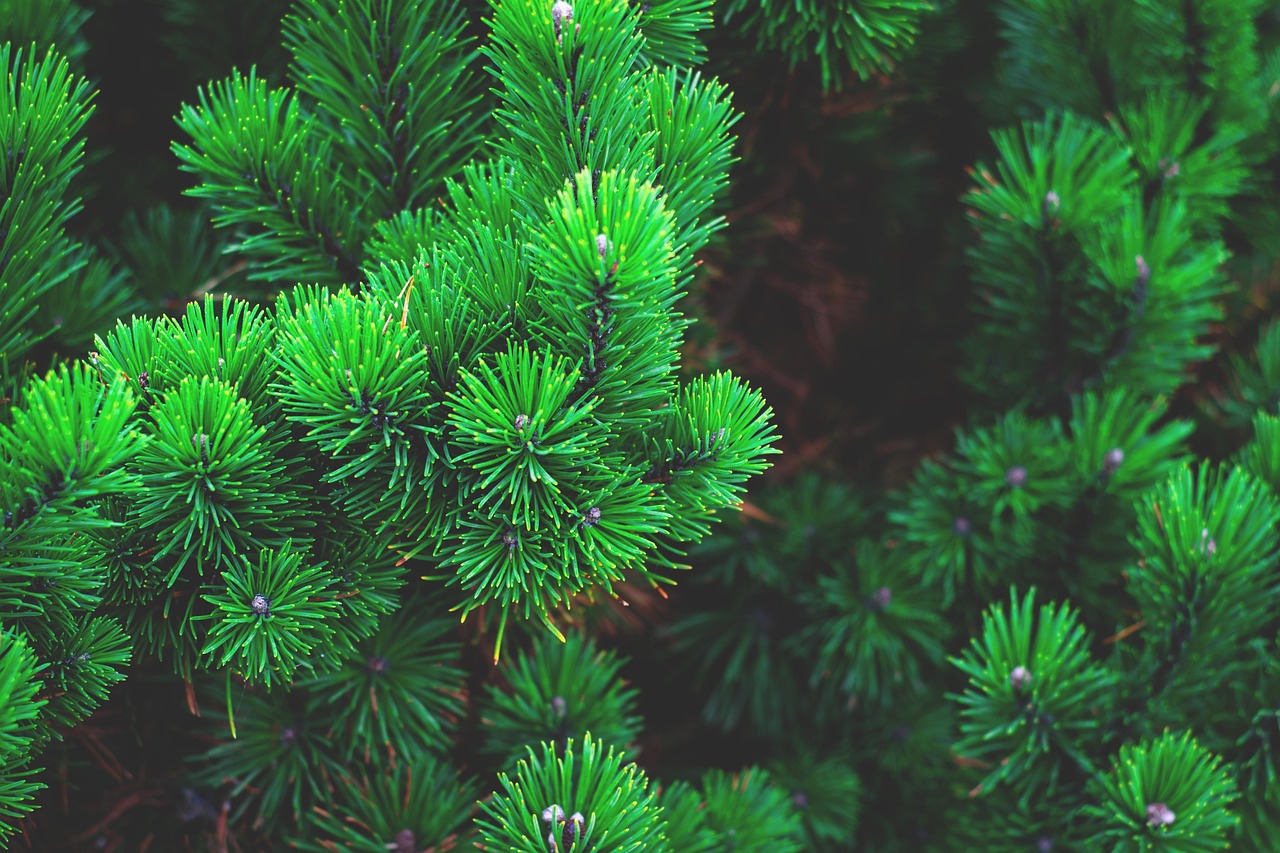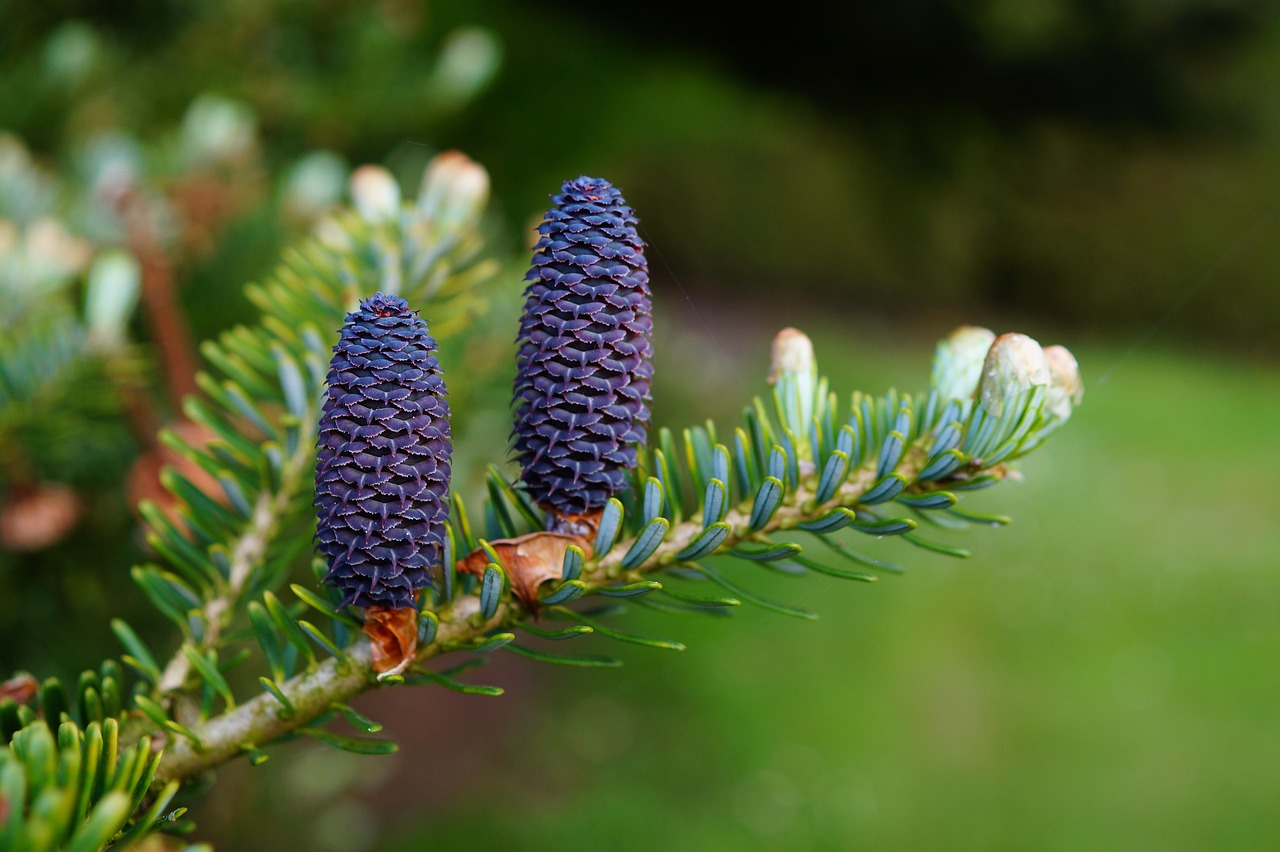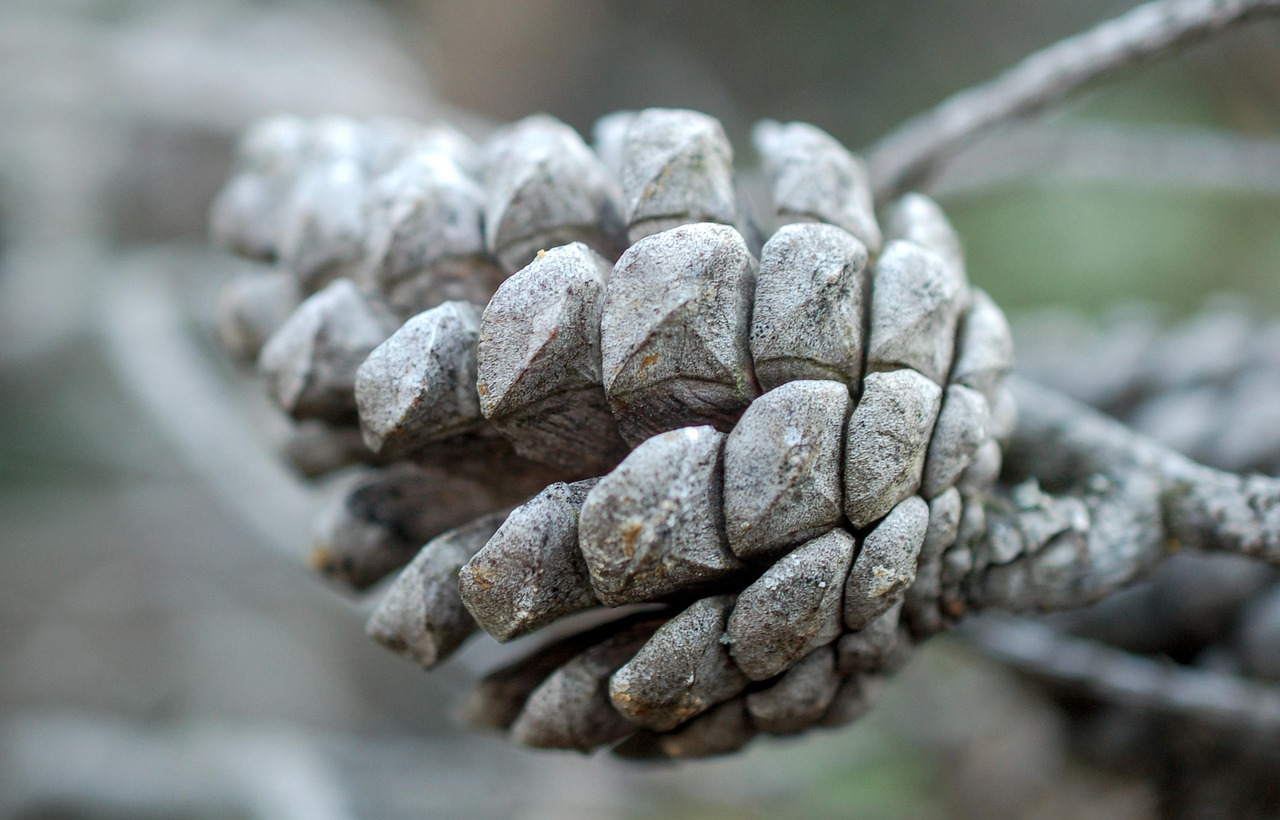Pine tree pruning for scenic trails is essential for maintaining safety and aesthetics. Proper pruning enhances visibility, promotes healthy growth, and prevents hazards from falling branches. Regular maintenance ensures a pleasant experience for hikers and enhances the natural beauty of the trail environment.
Pine trees are a common sight along many scenic trails. Their towering presence and lush greenery contribute significantly to the landscape. However, as these trees grow, they can pose challenges for trail management. Branches may encroach on pathways, creating obstacles for hikers. Additionally, dead or overgrown branches can become hazards, especially during storms or high winds. Therefore, regular pruning is vital.

Pruning not only improves safety but also benefits the trees themselves. By removing dead or diseased branches, you encourage healthier growth. This practice allows more sunlight to reach the remaining branches and encourages the development of a strong structure. Furthermore, it can help prevent the spread of tree diseases that can affect entire populations in the area.
Benefits of Pine Tree Pruning
Understanding the benefits of pruning pine trees along scenic trails can guide proper maintenance practices. The following are key advantages:
- Improved Visibility: Pruning allows for clearer sightlines along trails, enhancing the hiking experience.
- Enhanced Safety: Removing hazardous branches reduces the risk of accidents for hikers.
- Healthier Trees: Pruning promotes stronger, more resilient trees by eliminating weak or diseased branches.
- Aesthetic Appeal: Well-maintained trees contribute to the overall beauty of the trail environment.
- Wildlife Habitat: Managed trees can support diverse wildlife by creating healthier ecosystems.
While pruning is beneficial, it is crucial to approach it with care. Improper pruning techniques can lead to stress or damage to the trees. Additionally, timing is essential. The best time for pruning pine trees is typically late winter or early spring before new growth begins. This timing minimizes stress on the tree and promotes healing.

Common Pruning Techniques
Several techniques are commonly used when pruning pine trees. Each technique serves a specific purpose and can help achieve desired outcomes for both the trees and the trail environment.
| Technique | Description | Best Use |
|---|---|---|
| Crown Thinning | This involves selectively removing branches from the crown of the tree to improve light penetration and air circulation. | Used for overall tree health and reducing wind resistance. |
| Crown Raising | This technique removes lower branches to increase clearance above the trail. | Ideal for improving visibility along paths and preventing branch obstruction. |
| Crown Reduction | This involves reducing the height or spread of a tree’s crown. | Used when a tree is too large for its surroundings or poses a hazard. |
| Deadwooding | This refers to the removal of dead or dying branches. | Essential for safety and promoting tree health. |
Each technique requires specific tools and methods. Hand pruners, loppers, and saws are commonly used tools for these tasks. Proper equipment ensures clean cuts, which are vital for tree health. Clean cuts heal faster and reduce the risk of disease entry points.
Training and experience play significant roles in effective pruning. Understanding tree biology helps in making informed decisions about which branches to remove. It is essential to recognize the signs of a healthy tree versus one that may be stressed or diseased. Consulting with a certified arborist can provide valuable insights for effective trail maintenance.

Environmental Considerations
When pruning pine trees along scenic trails, it is important to consider environmental impacts. Over-pruning can create stress on the trees, which may lead to vulnerability to pests or diseases. It is crucial to follow guidelines that promote healthy growth while maintaining safety.
Additionally, one must consider local wildlife that may depend on these trees for habitat. Birds and small mammals often nest in tree branches. Timing pruning activities to avoid nesting seasons helps protect these animals and maintains biodiversity in the area.
In summary, pine tree pruning for scenic trails is an essential practice. It enhances safety, promotes healthy growth, and contributes to the beauty of the natural environment. Understanding techniques, timing, and environmental considerations ensures effective trail management while benefiting both trees and trail users alike.

Tools and Equipment for Pruning
Having the right tools is essential for effective pine tree pruning along scenic trails. The quality and type of equipment can significantly impact the results of your pruning efforts. Below are some commonly used tools and their functions:
| Tool | Description | Best Use |
|---|---|---|
| Hand Pruners | A small, handheld tool designed for cutting branches up to ¾ inch thick. | Ideal for precise cuts on small branches or stems. |
| Loppers | A larger tool with long handles, used for cutting branches up to 2 inches thick. | Useful for reaching higher branches or thicker stems. |
| Saws | Various types of saws, including hand saws and pole saws, for larger limbs. | Necessary for cutting thicker branches or removing entire limbs. |
| Pruning Shears | Similar to hand pruners but designed for more delicate work. | Best for shaping and maintaining smaller trees or shrubs. |
| Safety Gear | Includes gloves, safety glasses, and helmets. | Protects you from potential injuries during pruning. |
Before starting any pruning work, it is essential to inspect your tools. Ensure they are clean and sharp. Dull tools can lead to ragged cuts, which may harm the tree and create entry points for diseases.
Pruning Techniques for Different Pine Species
Pine trees come in various species, each with unique characteristics. Understanding these differences can help tailor your pruning techniques accordingly. Below are common pine species found along scenic trails and recommended pruning practices:
- Eastern White Pine: This species benefits from crown thinning. Removing crowded branches allows sunlight to penetrate and encourages healthy growth.
- Scots Pine: Focus on deadwooding to improve health. Remove any dead or diseased branches annually to promote vigor.
- Ponderosa Pine: Crown raising is recommended for this species. Removing lower branches increases clearance over trails and reduces fire hazards.
- Lodgepole Pine: Prune during late winter months. Focus on removing weak branches to maintain a strong structure.
Each species has its specific growth habits and vulnerabilities. Familiarizing yourself with these traits can lead to more effective pruning outcomes. For example, some pines may be more susceptible to disease if pruned too aggressively, while others thrive with regular maintenance.
Timing Your Pruning Activities
The timing of your pruning activities plays a crucial role in the health of pine trees. Pruning at the right time can minimize stress on the trees and promote optimal growth. The following are key considerations regarding timing:
- Season: Late winter to early spring is generally the best time to prune most pine trees. This timing allows for recovery before the growing season starts.
- Nesting Season: Avoid pruning during spring when birds are nesting. This helps protect wildlife and maintains biodiversity in the area.
- Disease Prevention: Prune during dry periods to prevent the spread of fungal diseases that thrive in wet conditions.
By aligning your pruning schedule with these factors, you ensure that the trees remain healthy and vibrant while also supporting local wildlife.
Post-Pruning Care
After pruning, providing proper care to the trees is essential for their recovery and continued health. Here are several steps to follow:
- Monitor Tree Health: Regularly check pruned trees for signs of stress or disease. Early detection can prevent larger issues later.
- Watering: Ensure trees receive adequate water, especially during dry spells. Proper hydration supports recovery after pruning.
- Mulching: Apply mulch around the base of the tree to retain moisture and suppress weeds. Keep mulch away from the trunk to prevent rot.
- Fertilization: If necessary, apply a balanced fertilizer in early spring to promote healthy growth after pruning.
Implementing these post-pruning care strategies will contribute to the overall health and vitality of pine trees along scenic trails. Healthy trees not only enhance the trail experience but also support local ecosystems effectively.
Community Involvement in Trail Maintenance
Pine tree pruning along scenic trails can be a community effort. Engaging local volunteers and organizations can foster a sense of stewardship for natural spaces. Here are some ways communities can get involved:
- Organize Volunteer Days: Schedule regular pruning days where community members can come together to maintain local trails.
- Educational Workshops: Host workshops on proper pruning techniques to educate community members about tree care.
- Adopt-a-Trail Programs: Encourage local groups or families to take responsibility for specific sections of trails, ensuring regular maintenance.
- Collaboration with Experts: Partner with local arborists or forestry experts to provide guidance and support during community events.
Community involvement not only enhances trail maintenance but also builds connections among residents and fosters a greater appreciation for natural spaces. By working together, communities can ensure that scenic trails remain safe and beautiful for everyone to enjoy.
Understanding Pine Tree Growth Patterns
To effectively prune pine trees along scenic trails, it is essential to understand their growth patterns. Pine trees exhibit unique characteristics in how they grow and develop over time. Recognizing these patterns helps in making informed pruning decisions.
Growth Stages of Pine Trees
Pine trees undergo different growth stages, each requiring specific care and maintenance. The primary stages include:
- Seedling Stage: This initial stage lasts for the first few years of a pine tree’s life. During this time, trees are establishing their root systems and developing their first set of branches.
- Juvenile Stage: Typically occurring between 5 to 25 years, pines grow rapidly during this phase. Pruning can help shape the tree and remove any competing leaders.
- Mature Stage: From approximately 25 years onward, trees reach full height and begin to produce cones. Pruning should focus on maintaining health and aesthetics without compromising growth.
- Old Age: As pines age, they may start to decline in health. Selective pruning can help extend their lifespan by removing dead or diseased branches.
Understanding these growth stages allows for tailored pruning practices that align with the tree’s natural development. Appropriate interventions at each stage can promote healthy growth while ensuring trail safety.
Pine Tree Diseases and Pests
Pine trees are susceptible to various diseases and pests. Recognizing early signs of these issues is crucial for effective management. Addressing these problems promptly can minimize damage and prevent the spread to other nearby trees.
Common Pine Diseases
Several diseases can affect pine trees, leading to decline or death if not managed properly. Some common diseases include:
- White Pine Blister Rust: A fungal disease that affects white pines, causing yellowing needles and branch dieback.
- Root Rot: Caused by various fungi, root rot leads to wilting and yellowing of needles, often resulting in tree death.
- Pine Needle Blight: This disease results in browning needles and can lead to premature needle drop when left untreated.
Pests Affecting Pine Trees
Pine trees can also attract a range of pests that can cause significant harm. Some notable pests include:
- Pine Bark Beetles: These insects bore into the bark, disrupting nutrient flow and potentially killing the tree.
- Woolly Adelgid: This sap-sucking insect can weaken trees, leading to yellowing foliage and overall decline.
- Spider Mites: Tiny pests that can cause needle discoloration and webbing on the tree.
Monitoring pine trees for signs of disease or pest infestations is essential for maintaining healthy trails. Early detection allows for timely intervention, such as pruning affected areas or applying appropriate treatments.
Best Practices for Pruning Pine Trees
Implementing best practices for pruning pine trees ensures optimal health and safety along scenic trails. Following these guidelines can help maintain the integrity of the trees while enhancing the trail experience.
Pruning Techniques to Avoid
While certain techniques are beneficial, others should be avoided to prevent damage to the trees. Here are some practices to steer clear of:
- Topping: Cutting off the top of a tree drastically can lead to stress and an unhealthy growth pattern.
- Over-Pruning: Removing too many branches at once can weaken the tree and make it more susceptible to disease.
- Improper Cuts: Making cuts too close to the trunk or leaving stubs can cause damage and delay healing.
Recommended Pruning Techniques
To promote healthy growth, consider the following recommended pruning techniques:
- Selective Pruning: Focus on removing specific branches rather than large portions of the tree. This method maintains the tree’s structure while improving airflow.
- Cutting at the Right Angle: Make cuts at a 45-degree angle to encourage faster healing and reduce moisture retention.
- Avoiding Heavy Equipment: Use hand tools whenever possible to minimize damage to surrounding areas and prevent soil compaction.
Seasonal Maintenance Tips
Pine tree maintenance should extend beyond pruning alone. Seasonal care can significantly enhance the health of trees along scenic trails. Here are some tips for each season:
Spring Maintenance
- Inspection: Check for signs of disease or pests as new growth begins.
- Fertilization: Apply a balanced fertilizer if necessary to support vigorous growth.
Summer Maintenance
- Irrigation: Ensure adequate watering during dry spells, especially for young trees.
- Pest Monitoring: Regularly inspect trees for pest infestations or damage from insects.
Fall Maintenance
- Final Pruning: Complete any necessary pruning before winter sets in, focusing on removing dead or damaged branches.
- Cleansing Debris: Clear away fallen needles and debris that may harbor pests or diseases.
winter Maintenance
- Avoiding Damage: Protect young trees from heavy snow loads and ice by gently shaking branches if necessary.
- Planning for Spring: Prepare tools and plan for upcoming spring maintenance activities.
This seasonal approach ensures that pine trees along scenic trails receive comprehensive care throughout the year, promoting their health and longevity while enhancing the overall trail experience for visitors.
Future Trends in Pine Tree Pruning and Management
As we look toward the future, the practice of pine tree pruning along scenic trails is evolving. With advancements in technology and an increasing awareness of environmental concerns, new techniques and tools are becoming available to enhance tree management. Here are some emerging trends to consider:
Technology Integration
The use of technology in forestry and tree management is on the rise. Digital tools and applications can assist in monitoring tree health and managing pruning schedules more effectively. Some notable advancements include:
- Drones: Drones can be used to survey large areas of forested land, providing detailed images of tree health and identifying areas that require pruning.
- Mobile Apps: Applications designed for tree care can help users track pruning activities, health assessments, and pest monitoring.
- Remote Sensing: This technology can analyze vegetation health from a distance, allowing for timely interventions.
Sustainable Practices
With a growing emphasis on sustainability, the importance of eco-friendly pruning practices is gaining attention. Sustainable forestry focuses on maintaining the health of ecosystems while managing tree populations. Considerations include:
- Minimal Impact Techniques: Pruning methods that minimize damage to surrounding flora and fauna are becoming more popular.
- Organic Treatments: Using organic pest control solutions helps protect the ecosystem while managing pests effectively.
- Habitat Preservation: Ensuring that wildlife habitats are preserved during pruning activities is crucial for biodiversity.
Community Education and Engagement
Educating the community about the importance of tree care is essential for sustainable management. Increased awareness can lead to more volunteers participating in maintenance activities. Strategies for engagement include:
- Workshops and Demonstrations: Hosting events to demonstrate proper pruning techniques and tree care can empower community members.
- Educational Materials: Providing brochures or online resources about the benefits of pine tree pruning can enhance public understanding.
- Involvement in Local Governance: Encouraging community members to participate in local decision-making regarding forest management promotes stewardship.
Conclusion
Pine tree pruning for scenic trails is a vital practice that enhances both safety and aesthetics in natural environments. Proper pruning techniques contribute to the health of trees, ensuring they remain vibrant and resilient against pests and diseases. By understanding growth patterns, seasonal maintenance needs, and community involvement, we can create beautiful, safe trails for everyone to enjoy.
The integration of technology, sustainable practices, and community education will continue to shape the future of pine tree management. As we move forward, it is crucial to balance human activity with the preservation of our natural landscapes. Engaging communities in this effort not only enriches our outdoor spaces but also fosters a deeper connection between people and nature.
Ultimately, maintaining scenic trails through thoughtful pine tree pruning not only improves the hiking experience but also contributes to the overall health of our ecosystems. By prioritizing these practices, we can ensure that our natural environments thrive for generations to come.
